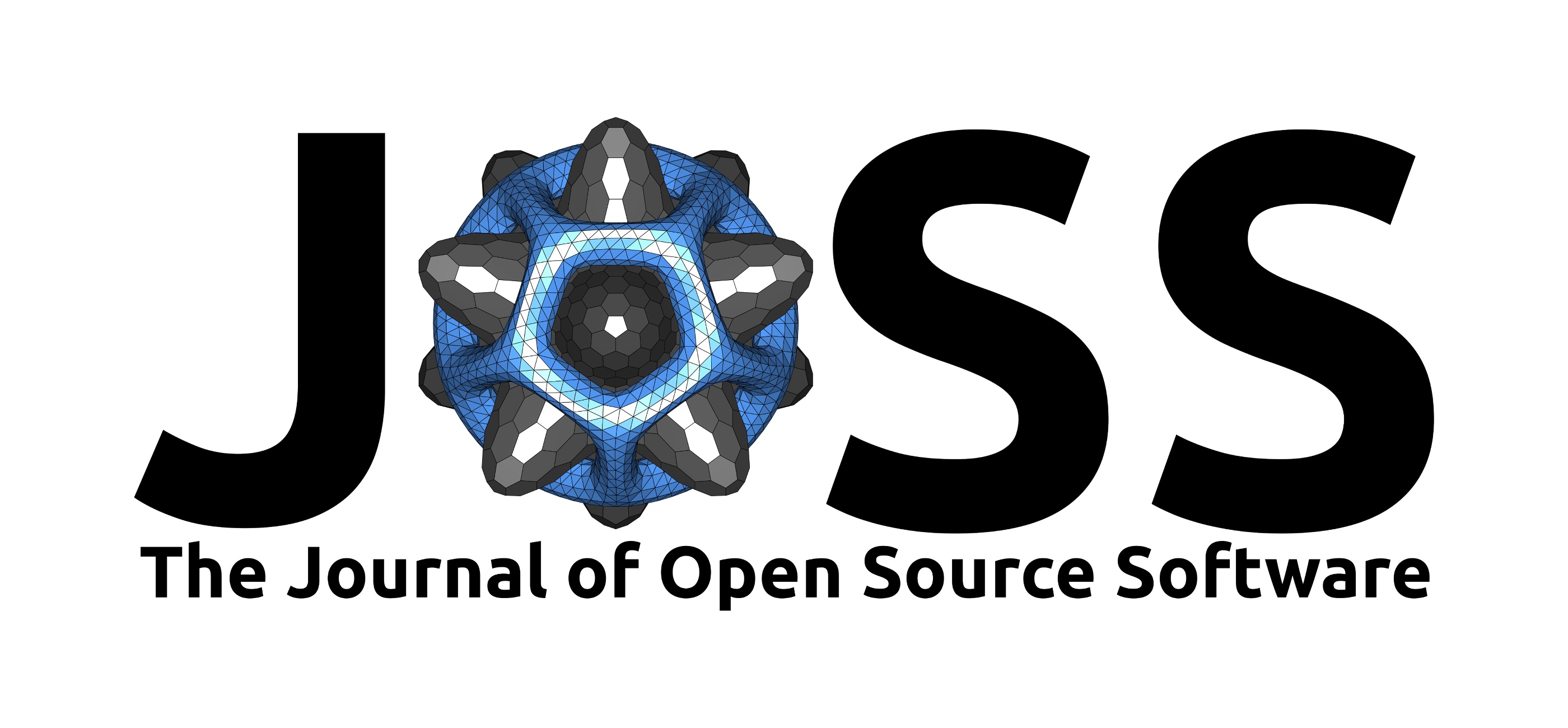
Olivia Smith (she/her)
@SmithOliviaS
genomic microdata refiner @ UT Austin @oliviarxiv.bsky.social
A new release of the HARE pipeline for enrichment analysis (with lots of new functionality!) is live and published in @JOSS_TheOJ joss.theoj.org/papers/10.2110…. Cannot thank @EucharistKun and @vagheesh enough for all their work making v1.2 happen.

In our study published today in @ScienceMagazine, we provide a proof of concept for the potential use of ancient microbes as a source for developing new drugs by synthesising previously unknown metabolites from reconstructed gene clusters. science.org/doi/10.1126/sc…
How does phenotyping directly from medical images compare to the EHR? Can we capture disease severity to improve power in association studies? In a new pre-print using knee OA, a disease diagnosed primarily through radiography, we explore these questions: medrxiv.org/content/10.110…
Very notable that while your classics like "lol" and "lmao" have hung around there's no longer any real use case for "brb" or "g2g". Where are you going to go. We're all here. Everywhere is here
I think of this post often
Friends don't let friends make bad charts! Chenxin Li, pulled together a lot of great advice for data visualization, with clear "do this, not that" examples for each item. Here are a few of my favorites, see the link below for more.
They need to create a Pulitzer category for headlines just for whoever wrote this.
It is scandalous that, despite decades of warning, funding agencies & universities have allowed the primary output of billions of dollars of public investment to be privatized and made available only to those wealthy enough to pay Elsevier for them. elsevier.com/about/press-re…
Clark, PNAS 2023 (C23) argued that people’s social status is largely determined by genetic variation. Here, we show these claims are unsubstantiated, & that C23 in fact tells us nothing about the contribution of genetics to status. @JedMSP @arbelharpak biorxiv.org/content/10.110…
Humans are the only bipedal great apes, due to the evolution of our unique skeletal form. What genomic regions underlie such change? Our cover article in @sciencemagazine led by @EucharistKun and in collab. with @tarjs is now out! science.org/doi/10.1126/sc…
By combining data from full-body x-ray images and associated genomic data from more than 30,000 UK Biobank participants, researchers have provided new insights into the evolution of the human skeletal form. Learn more this week in Science: scim.ag/3qw
During weekly lab meetings the people in my group present in one slide the highlights/progress of the past week. This is the best slide we’ve ever had. We laughed so much and hugged because: science is hard, it’s okay to admit it, and we are all in it together 🙂#mentalhealth
Kudos to Reviewer #3, who closed w/ this: "Praise for the authors: I try to end all of my reviews with areas of the paper I really liked because I know reviews can be hard to read. So here are a few areas of the paper where I thought the writing really shined." 1. __ 2. __ 3. __
The moment has arrived: we are excited to announce SPAAM5: The (in person) Gathering! Join us on Sept. 12, 2023 in Tartu, Estonia for a day of flash talks, discussions, and fun, before ISBA10 even starts. Register by June 16: forms.gle/nJUMGzTmH6Knuy….
The Allen Ancient DNA Resource (AADR): A curated compendium of ancient human genomes dlvr.it/Sm6Szd
Sometimes research is not just about science. It s about correcting the record & bringing worlds together. This is one such moments. I have no words to express my gratitude to the Lakota and the Horse Nations for deciding to contact me one day. 1/3 science.org/doi/10.1126/sc…